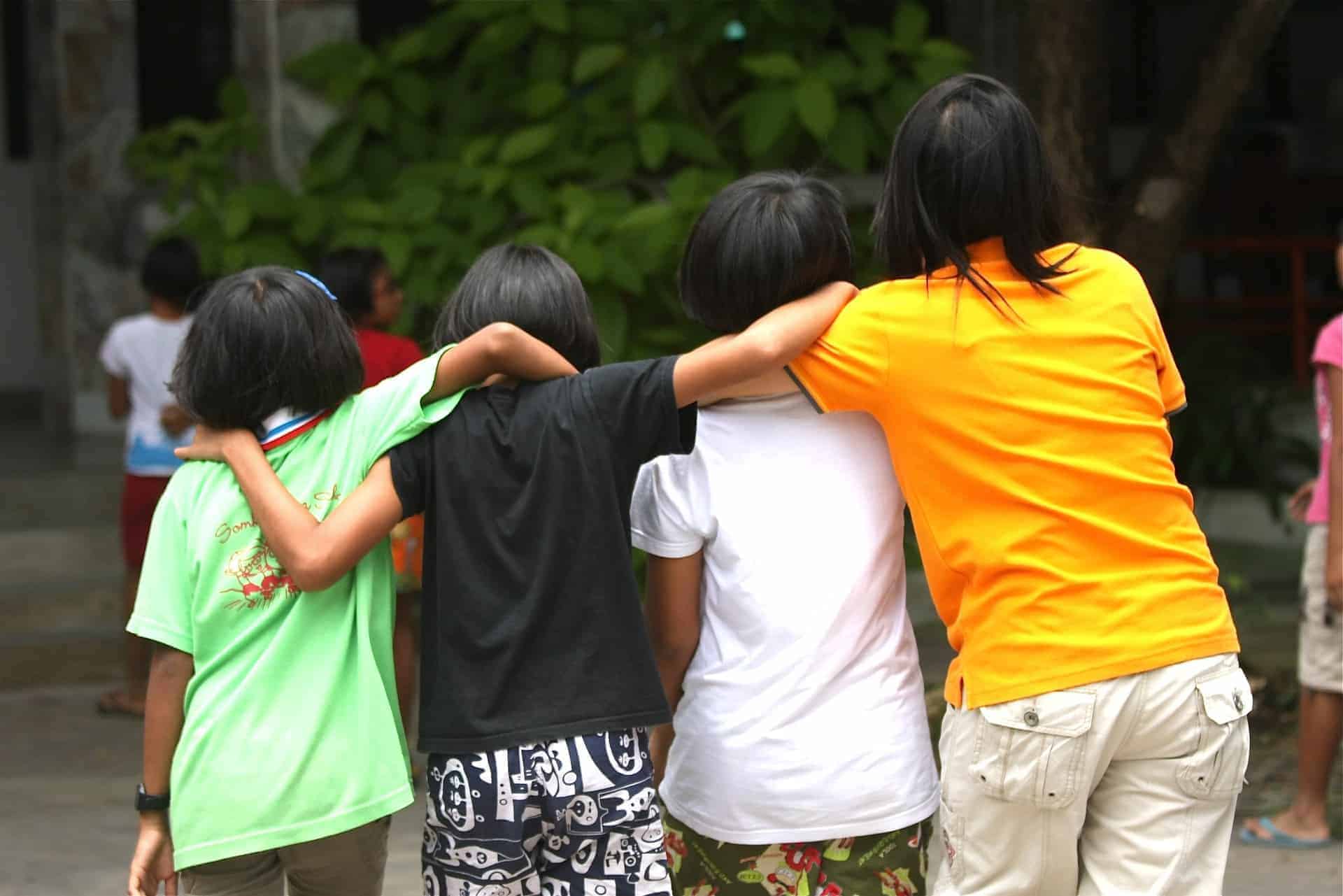Hugging regularly brings health and happiness
Science backs up what we all know intuitively: touch not only feels good, it is essential to our emotional and physical well-being.
Touching is fundamental to human communication, bonding, and health. It calms cardiovascular stress. It evokes safety and trust. It stimulates the brain to release feel-good chemicals that we produce naturally to encourage such behaviour (serotonin, dopamine and endorphins).
What happens if we put more of ourselves into the experience and add hugging to our touching repertoire? The brain instinctively mixes in oxytocin, aka, the bonding drug—another chemical critical to emotional well-being. This is the same chemical that flooded our systems when we first emerged from the womb and were laid on our mother’s breast. And it continues to connect us emotionally, empathetically, and intuitively with snuggle-buddies at any life stage.
But nurturing touch is more than just a chemical reaction with a momentary pleasant feeling. It is encountering another in the most intimate and vulnerable manner. Whenever we enter the heart space of another person, we share a delicate, emotionally, and energetically charged part of ourself. One should never enter this space without permission or in fact, invitation. To do otherwise is to violate personal boundaries with potentially harmful effect. It requires the negotiated consent of both partners, predicated on noble intent and positive emotional regard for the other.
Strangely, just as we are discovering how important person-to-person contact is, marketers are trying hard to create a lifestyle where physicality and sensuality is optional or redundant, even irrelevant or harmful. We are encouraged to spend our face-to-face time on Facebook and touch time with touch-sensitive tablets. We text instead of talk, and take virtual-reality vacations instead of getting outside and smelling the roses. Anything God can do, Samsung can do better, apparently. We are imitating the social systems of Androids. Not surprisingly, as physical nurturing decreases, mental health disorders increase.
I come from a family of huggers, each with our own style and technique, sometimes sensitive and respectful, other times bullish. But we keep at it, trusting that good intentions will win the day.
My daughter is an over-the-top (literally) Tigger-hugger, bounding across the room and catapulting into your arms (if her trajectory is correct). One has to be properly braced to absorb such a missile and prevent injury. It helps that she is usually screaming with anticipation as a warning.
My brother is a New Age hugger. He takes hugging religiously as he does all matters of care and self-improvement. According to the hugging manual, a hug should be on the opposite side we normally hug on, heart to heart or left breast to left breast, and last at least 30 seconds to stimulate the beneficial chemical reactions. Do you have any idea how long 30 seconds is in hug time? After about 15 seconds, I begin to squirm and anxiously check my watch over his shoulder. Fortunately, by the time it gets to the full 30 seconds, my brain has kicked in with all those feel-good chemicals and I am starting to bliss out.
My mother was the model of enthusiastic hugging: She was the original smother-mother. No one knows how long her hugs would have gone on if you didn’t break free just before you felt you might suffocate. This was very comforting when you were a child and knew how to respond to breasts pushed in your face, but it became increasingly awkward as you moved into adolescence.
These days I typically self-identify as a tango hugger, since I dance tango regularly and the embrace is central to the dance. Like my brother’s New Age hugs, there are rules and procedures on how you line up, lean, hold on, and so on. But instead of a 30 second full-on, non-stop hug, tango is three minutes of stop/start, connect/disconnect hugging. You end up with something like a dozen quick hugs by the time the dance is over. The trick to keeping the dance elegant and pleasurable is to sensitively negotiate each of these mini-hugs which requires skill, attunement, and patience.
Then there are the unorchestrated, right-out-of-the-blue hugs that break all social protocol. A few Christmases ago, I was stocking up on spirits at Lucky 97. The inner-city clientele is sketchy at the best of times (which these weren’t), but it is always a great place for bargains.
This time I got more than I bargained for. As I was checking out, a woman entered the store through the exit door and walked toward me.
“I have something to give you,” she said, “that you will never forget.”
She had a layer of street life on her so I was expecting the worst. “Like what?” I thought. “A social disease?” As she moved in, I put my whisky down and checked my wallet. I didn’t know what was coming, but I didn’t plan on paying for it.
“It looks like you need a hug,” she said, and she enveloped me in this huge, heartfelt embrace. I melted. As she left, I was more than a little dumbfounded, in part because I felt like I really had needed a hug.
I think I had the decency to say thank you. I can only hope. In any event, like she prophesied, I have never forgotten her gift.
But of course, there are no hugs better than two grandkids crawling over you, unless it is three. Totally chaotic, crazy, and plain feel-good fun. Manuals and dance lessons be damned. Bring the kids over anytime.
IMAGE HEADER: Hugging is a great way to express affection. | Pixabay







